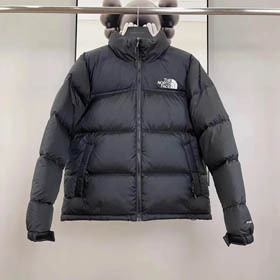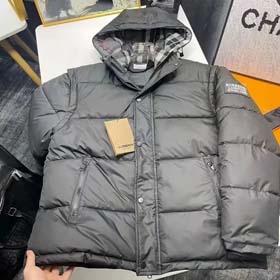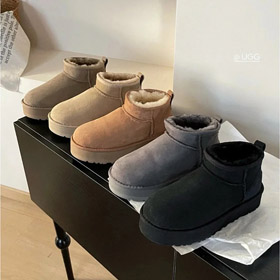Founded in 1856 by Thomas Burberry, a 21-year-old draper's apprentice, Burberry began as a small outdoor apparel shop in Basingstoke, England. Within decades, its iconic trench coats and check pattern would become synonymous with British craftsmanship worldwide.
Burberry revolutionized rainwear in 1879 by inventing gabardine, a breathable yet waterproof fabric made using an innovative weaving technique. This breakthrough led to high-profile endorsements, including polar explorers like Ernest Shackleton.
The Birth of an Icon: The Trench Coat
During World War I, Burberry designed the "Tielocken" coat for British officers, which evolved into the signature trench coat. Military details like epaulettes, D-rings, and storm shields
In the 1920s, the brand introduced its Nova Check pattern
From Heritage to Modern Innovation
After facing brand dilution in the 1990s, Burberry's 2001 turnaround under CEO Angela AhrendtsChristopher Bailey
The brand's current offerings blend tradition with contemporary design. For example, view the Burberry product matrix spreadsheet
Sustainability and Cultural Impact
Modern Burberry emphasizes sustainability through:
- Carbon-neutral certified operations since 2022
- Regenerative farming practices for wool sourcing
- Vintage repair programs extending product lifespans
Beyond fashion, Burberry influences popular culture through celebrity collaborations (shot by Mario Testino) and high-profile appearances like Emma Watson's Met Gala looks.



















